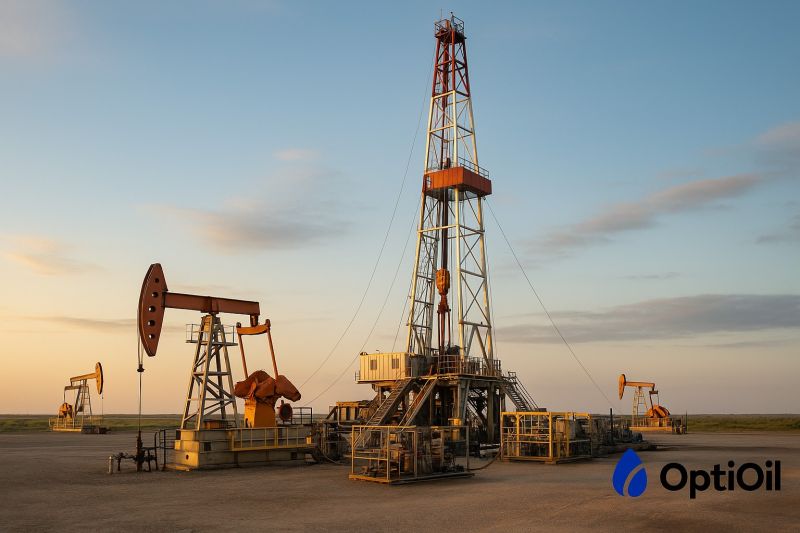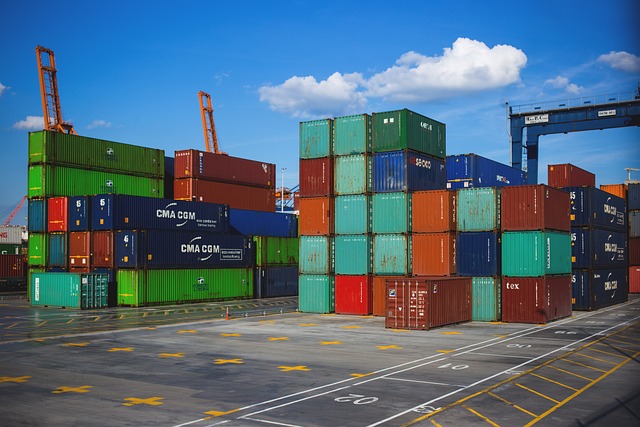Strategies for Production Optimization Oil and Gas

Strong 8k brings an ultra-HD IPTV experience to your living room and your pocket.
A 2016 study conducted by Kimberlite, a market research company specializing in the oil and gas sector, found that even a 1% rate of unplanned downtime can lead to annual costs exceeding $5 million. This highlights the importance of optimizing maintenance and focusing on improving oil production to achieve significant cost savings.
Given the challenges in production optimization oil and gas, it is essential to implement advanced strategies for optimizing operational efficiency in the oil and gas industry. This can unlock greater productivity and profitability. Imagine an oil field where each well produces slightly more due to precise, data-driven adjustments, or an operation that eliminates downtime through the use of predictive maintenance. Optimizing oil production involves measuring, analyzing, modeling, and prioritizing actions to enhance productivity across reservoirs, wells, and surface operations.
Here are seven key strategies and techniques that oil and gas technology solutions companies can employ to improve their operational efficiency and, ultimately, increase oil production.
1. Production Optimization Oil and Gas Well Placements
Strategic well placements are essential for maximizing production output. Companies can identify the most effective drilling locations for high productivity by analyzing reservoir characteristics, conducting geological surveys, and employing advanced modeling techniques. Methods such as successive linear programming (SLP), genetic algorithms, and heuristic algorithms are utilized to enhance efficiency in oil and gas production.
2. Reducing Downtime
Proactive maintenance practices, predictive analytics, and condition monitoring technologies play a crucial role in minimizing unplanned downtime and maximizing uptime, ultimately benefiting production optimization in the oil and gas industry.
Organizations that adopt a data-driven, predictive approach experience a 36% reduction in downtime compared to those that rely on reactive maintenance strategies. This proactive approach can lead to annual cost savings of $34 million. Additionally, offshore organizations typically face more than 27 days of unplanned downtime, translating to an estimated yearly cost of $38 million.
By implementing predictive maintenance strategies, oil and gas companies can anticipate potential equipment failures and take preventive measures to avoid unplanned downtime. For example, a study by Abbasi et al. (2019) utilized a recurrent neural network to predict equipment failures within the oil and gas sector. This model analyzes various parameters from industrial-grade air booster compression motors, providing insights that enable companies to maintain their equipment more effectively and prevent significant losses.
3. Improving Equipment Maintenance Practices
Preventive maintenance strategies, such as scheduled inspections, predictive maintenance algorithms, and remote monitoring solutions, are essential for ensuring smooth operations and minimizing the risk of unexpected breakdowns. For instance, a schedule optimizer can enhance maintenance schedules for equipment and machinery.
A study published in the Journal of Manufacturing Science and Engineering highlights the significance of proactive maintenance for industrial equipment. Through comprehensive research, the study shows that implementing scheduled inspections, predictive maintenance algorithms, and remote monitoring solutions can greatly improve the reliability and lifespan of machinery. This proactive approach reduces the likelihood of unexpected failures and boosts operational efficiency by facilitating continuous, seamless operations.
4. Integrating Automation and Robotics
Automation and robotics enhance operational efficiency and minimize labor-intensive tasks. Technologies such as autonomous drilling rigs, robotic inspection systems, and autodata Middle East, automated data analysis tools are transforming oil & gas accounting software operations.
The oil and gas industry is among the most hazardous sectors, with a significant rate of workplace fatalities and injuries. According to Mithoff Law, a law firm specializing in oil rig accident cases, common causes of oil rig accidents include human error, equipment failure, and inadequate training. For instance, an oil rig worker might disregard safety procedures, potentially leading to a fire or explosion. Similarly, equipment malfunctions can result in severe injuries or fatalities.
The use of robotics for high-risk tasks is an emerging trend that can enhance health, safety, and environmental performance. By employing intelligent technologies and advanced remote control and monitoring methods, oil and gas companies can boost productivity and efficiency while reducing human risk factors and operational costs.
5. Real-Time Monitoring and Adjustments
Real-time monitoring enables companies to implement immediate operational changes and enhance production output. By utilizing data from these monitoring systems, companies can quickly identify issues and optimize their production schedules.
Advanced data analytics and AI/ML techniques further enhance these capabilities, providing actionable insights for improved decision-making and operations management. For example, AI/ML-assisted evaluations of production performance have proven effective in increasing operational efficiency in shale gas production.
OptiOil Integration
As companies aim to enhance oil production efficiency through advanced strategies, they can take advantage of cutting-edge solutions like OptiOil. OptiOil provides a comprehensive suite of tools designed to streamline operations, improve decision-making, and maximize production output in the oil and gas sector.
With OptiOil, GDI it software solutions company can easily incorporate advanced modeling techniques and predictive analytics to optimize well placements and minimize downtime, while also enhancing equipment maintenance practices. Additionally, OptiOil’s workflow management features facilitate the streamlining of processes and enhance collaboration among different teams and departments involved in production optimization in the oil and gas industry.
By adopting automation technologies and utilizing OptiOil’s advanced analytics, companies can further refine their operational efficiency, ultimately leading to increased profitability and competitiveness in the market.
Note: IndiBlogHub features both user-submitted and editorial content. We do not verify third-party contributions. Read our Disclaimer and Privacy Policyfor details.







